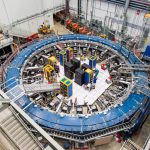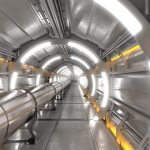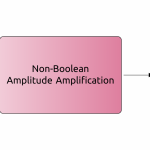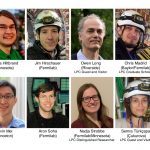From CNN, April 7, 2021: Fermilab’s senior scientist Don Lincoln explains the Muon g-2 experiment’s single measurement tells scientists the standard model of particle physics is incomplete — and has to be rethought.
News
From National Geographic, April 8, 2021: In a landmark experiment, a collaboration of scientists led by Fermilab has found fresh evidence that a subatomic particle is disobeying one of science’s most watertight theories, the Standard Model of particle physics.
From the Associated Press, April 7, 2021: Fermilab announced results Wednesday of 8.2 billion races along a track that have physicists astir: The muons’ magnetic fields don’t seem to be what the Standard Model says they should be.
From The New York Times, April 7, 2021: A collaboration of scientists led by Fermilab announced mounting evidence that a tiny subatomic particle seems to be disobeying the known laws of physics.
The first results from the Muon g-2 experiment hosted at Fermi National Accelerator Laboratory show fundamental particles called muons behaving in a way not predicted by the Standard Model of particle physics. These results confirm an earlier experiment of the same name performed at Brookhaven National Laboratory. Combined, the two results show strong evidence that our best theoretical model of the subatomic world is incomplete. One potential explanation would be the existence of undiscovered particles or forces.
To fully realize the potential of quantum computing, scientists must start with the basics: developing step-by-step procedures, or algorithms, for quantum computers to perform simple tasks. A Fermilab scientist has done just that, announcing two new algorithms that build upon existing work in the field to further diversify the types of problems quantum computers can solve.
U.S. CMS physicists from Fermilab and associated universities collaborating under the umbrella of the LPC make up a team that is the first to perform a new kind of search for “stealthy” supersymmetry that does not result in an obvious signature of large energy imbalance. Instead, the LPC team is looking for collisions that result in an unusually large number of particles in the detector. CMS recently published a briefing explaining their analysis.
From China Science News, Yunnan.cn (China), April 1, 2021: The Muon g-2 experiment conducted at the Fermilab will soon announce the results after 20 years of waiting.





